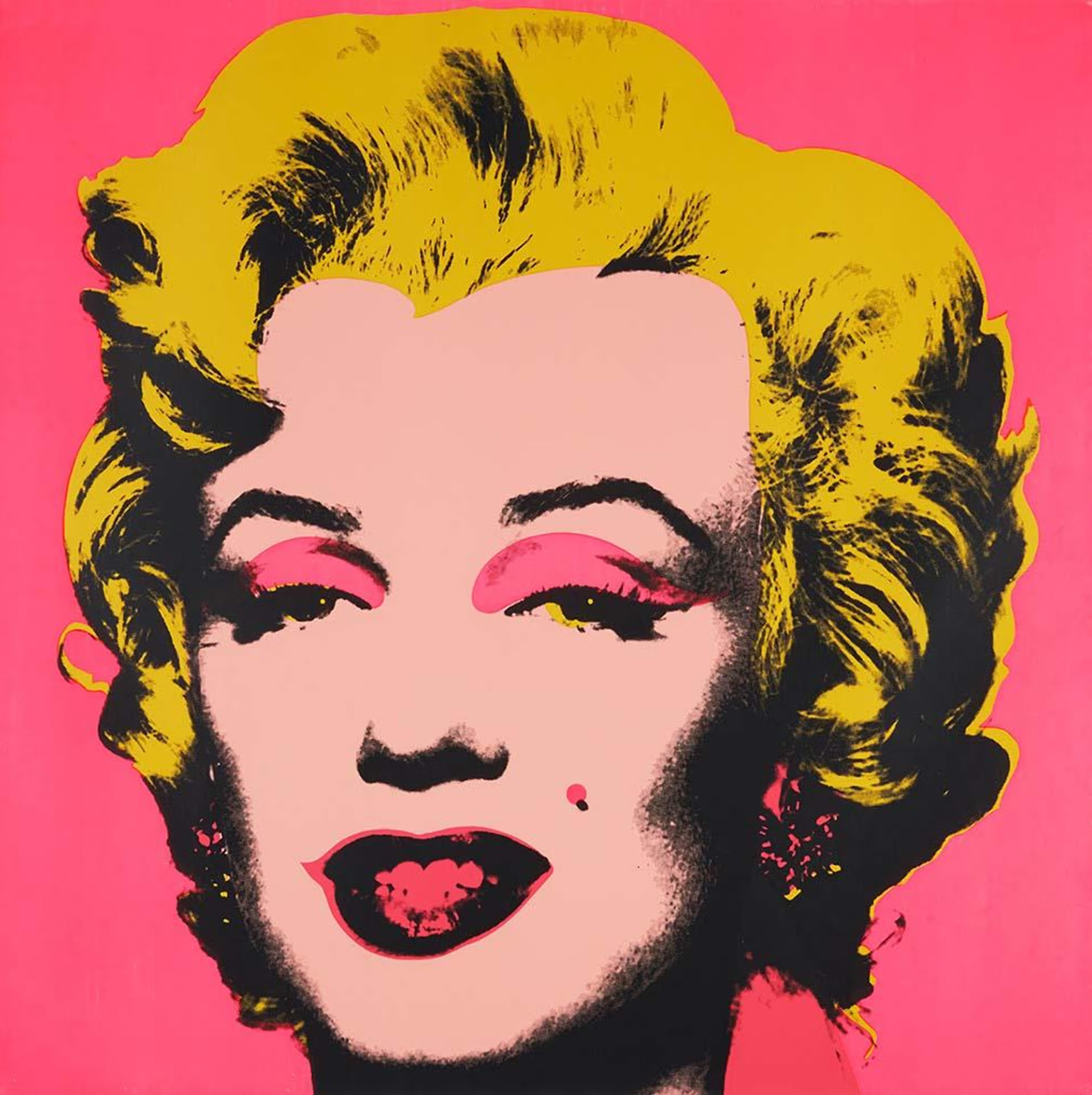Andy Warhol
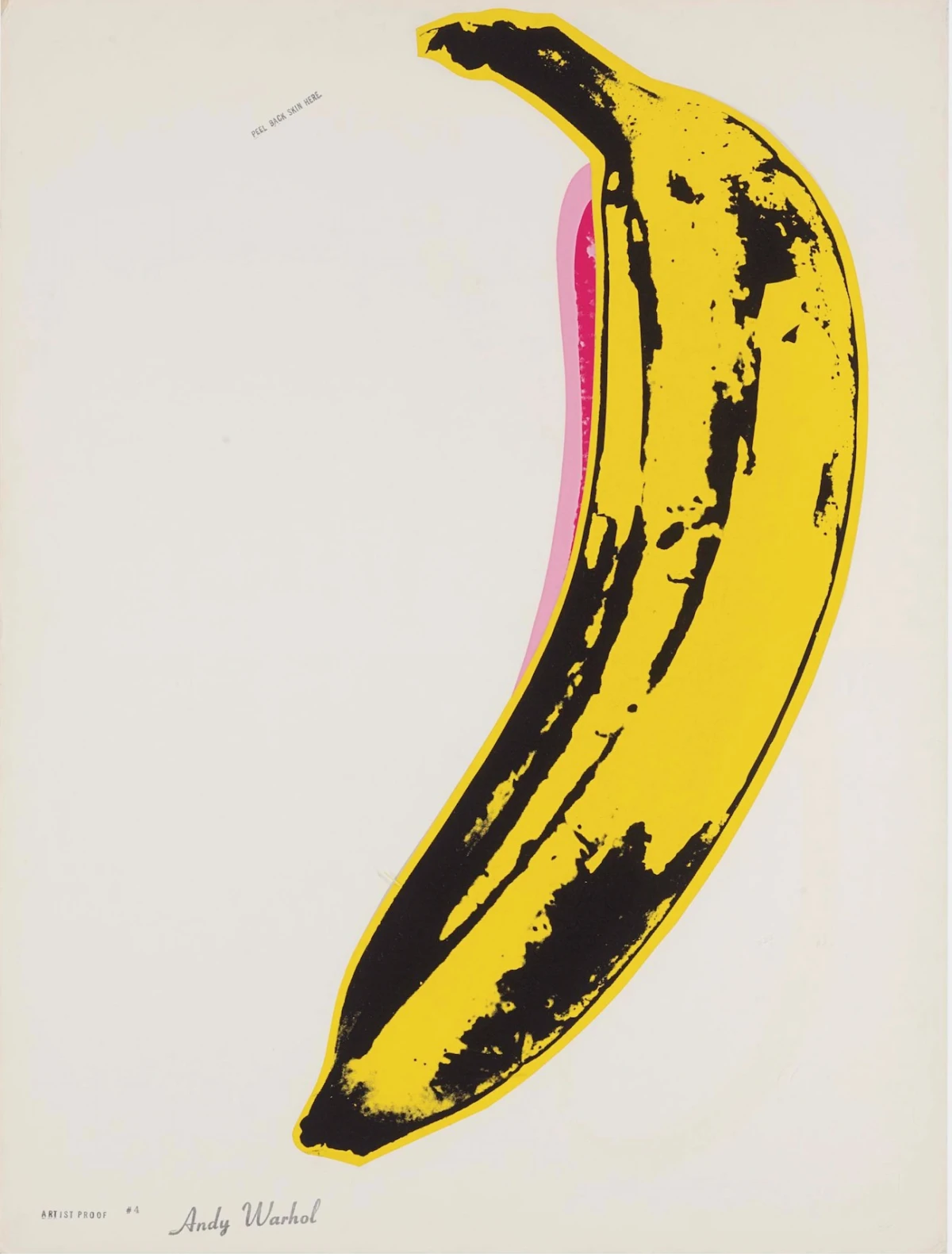
Andy Warhol changed the way we think about art by spotlighting America’s obsession with consumer goods and celebrity culture. Born in Pittsburgh in 1928 to Slovakian immigrants, he rose from commercial illustrator to Pop Art pioneer. He turned everyday objects like Campbell’s Soup cans and Coca-Cola bottles into museum-worthy icons. Warhol’s genius lay in making the ordinary extraordinary, using repetition and flat, graphic design to reflect the growing consumer culture of postwar America.
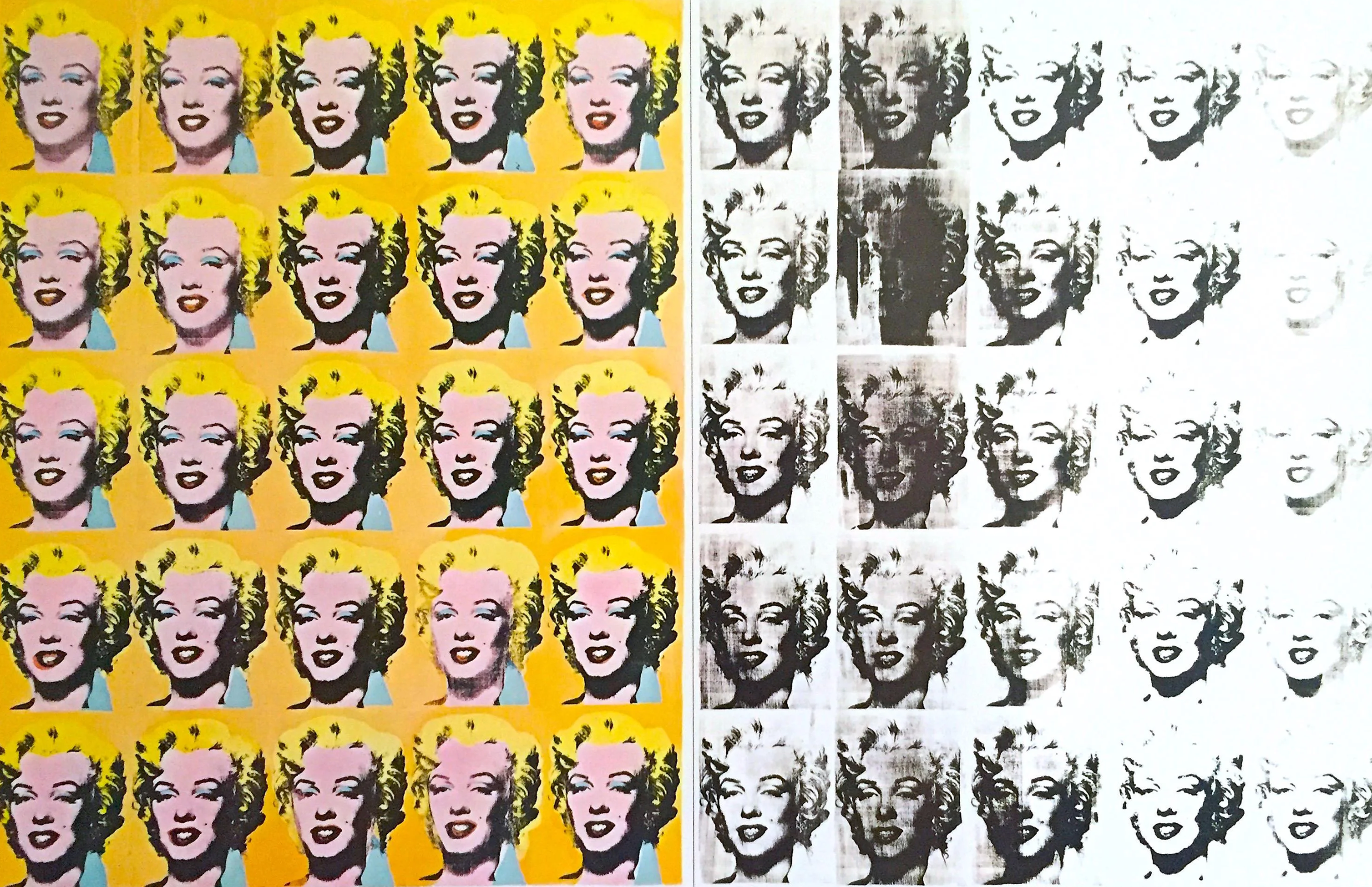
Warhol’s portraits of Marilyn Monroe, Elvis Presley, and Mickey Mouse weren’t just celebrity tributes, they were commentaries on fame as a product. Through screen printing, he blurred the line between original and copy, elevating the concept of mass production itself into a subject of art. His studio, The Factory, became a legendary hub where artists, musicians, trendsetters, and socialites blurred the lines between art, commerce, and culture.
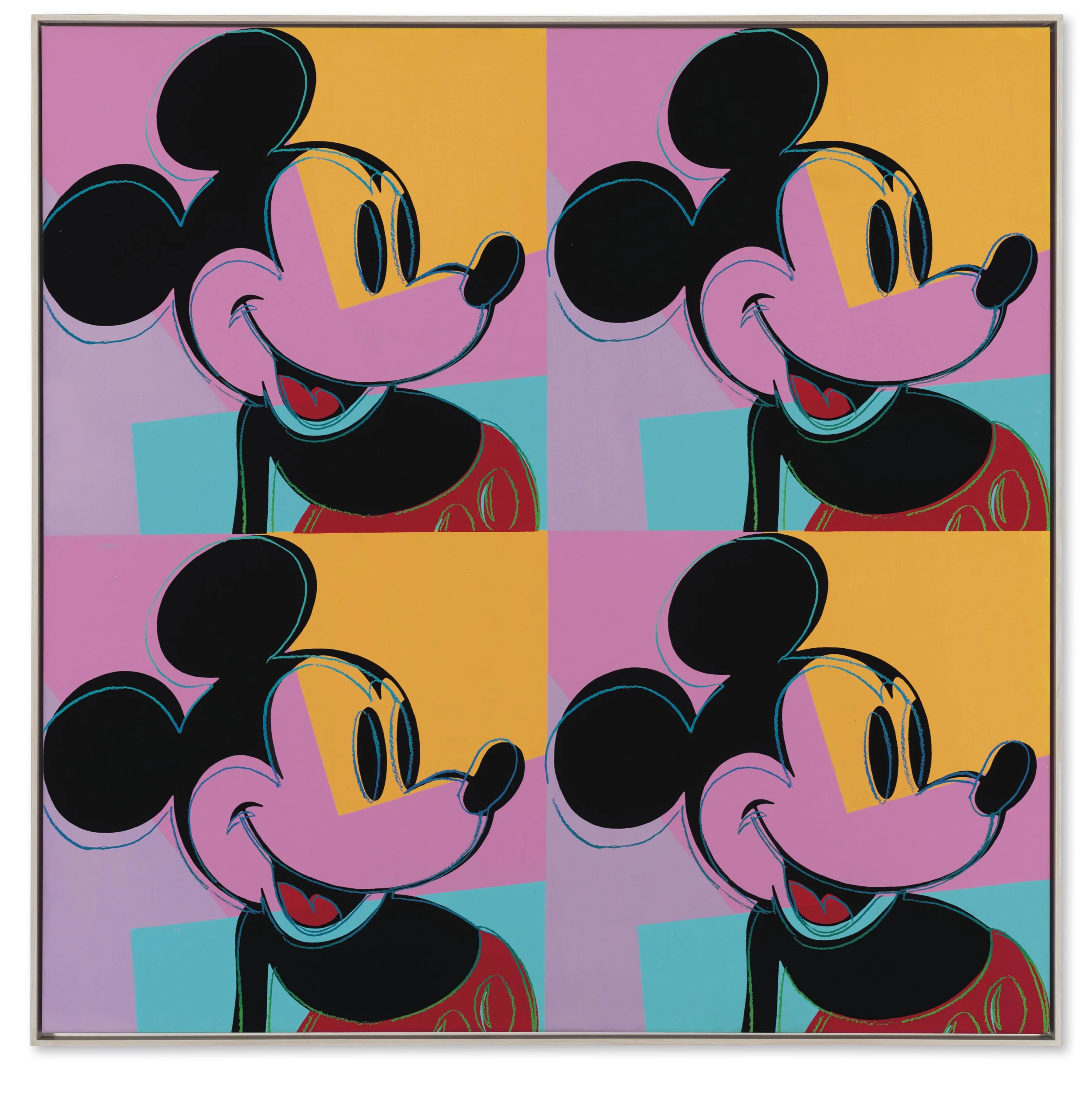
Despite the glamorous parties and big-name collaborations, Warhol explored darker themes like death, violence, and the emptiness of fame. Even as he embraced celebrity culture, he critiqued its emptiness — suggesting that in a media-saturated world, identity itself could be flattened into a brand.
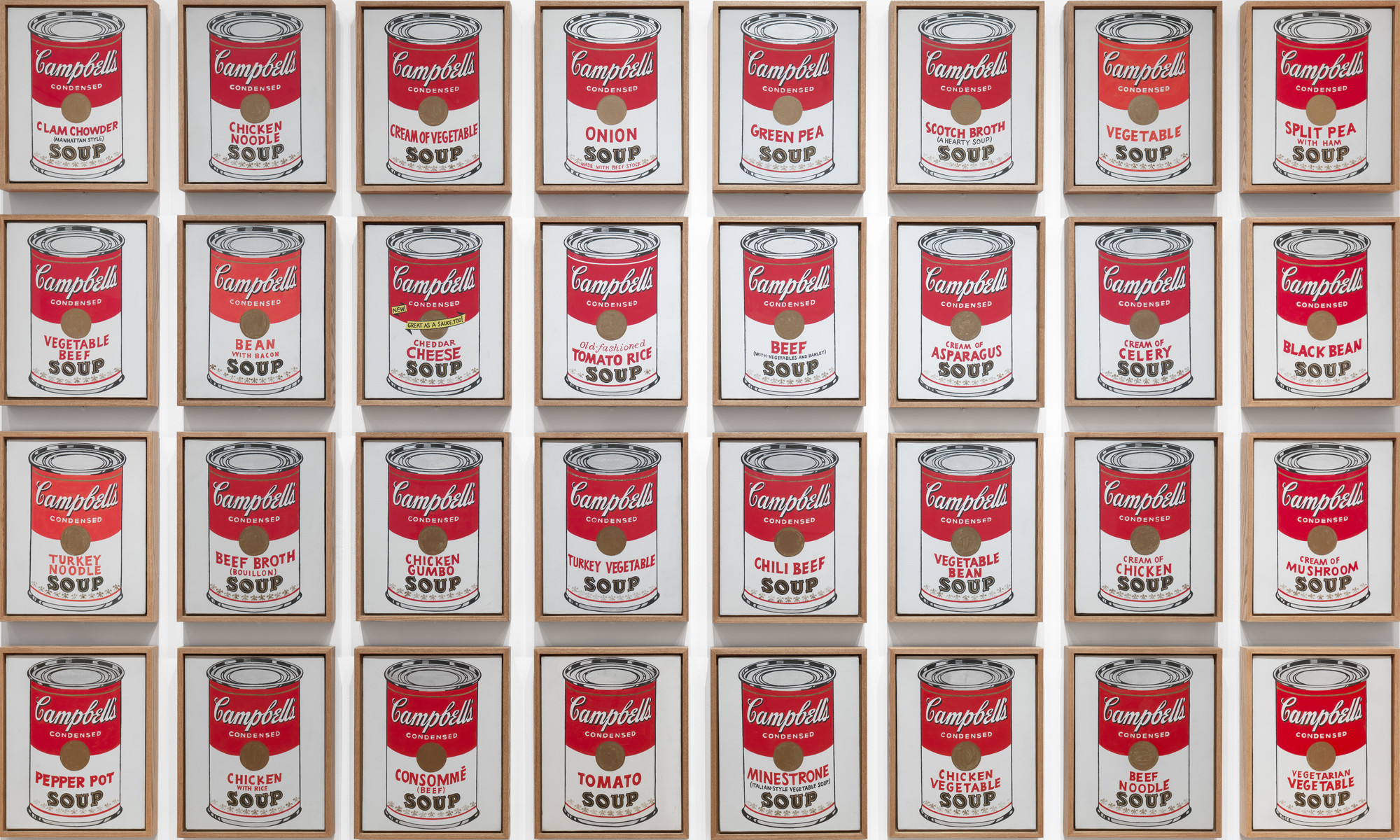
Warhol’s legacy extends beyond Pop Art. After surviving an assassination attempt, he kept reinventing himself, diving into film, fashion, and magazines like Interview. He laid the groundwork for influencer culture and social media celebrity long before Instagram existed. His belief that 'everyone will be world-famous for 15 minutes' predicted the rise of image-driven self-branding. By turning himself into a global art persona, Warhol became both artist and product, a mirror for the cultural machine he helped expose.
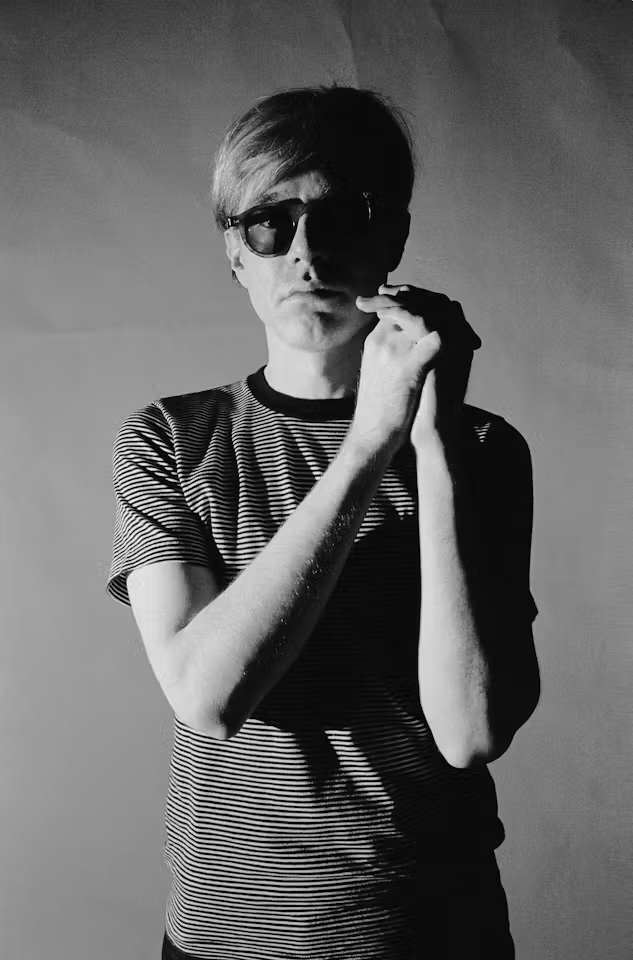
?
How did Warhol turn everyday items like soup cans into serious artworks?
What does his phrase ‘15 minutes of fame’ say about celebrity culture today?
Why do you think Warhol embraced mass production techniques in his art?
What impact did The Factory have on music, film, and other artists of his time?
In what ways did Warhol’s work criticize consumerism, even as he celebrated it?
How is Warhol’s approach to art similar to modern-day influencers?
Dig Deeper
You’ve heard his name. You’ve seen the Campbell’s Soup cans. You might know something about The Factory. But perhaps you’ve wondered why Andy Warhol gets so much attention or why his work even matters. What’s the deal with Warhol, and is he worth your time and consideration? Here’s your answer.
Discover more

Roy Lichtenstein
Lichtenstein reminds us that art can be both critical and playful. He dared to ask: what makes something 'art'? A museum wall, a famous name, or the act of seeing itself? By remixing the icons of culture—high and low—he taught us that imitation isn't always the opposite of originality. Sometimes, it's the beginning of deeper meaning.

Yoshitomo Nara
Yoshitomo Nara dares us to peer beneath the surface of innocence and confront the contradictions within ourselves. His art doesn’t shout, it stares. It questions. It listens. And in doing so, it gives voice to the misunderstood, the lonely, and the quietly courageous.

Yayoi Kusama
Yayoi Kusama teaches us that even the most private pain can bloom into something cosmic. Her dots don’t just decorate, they dissolve boundaries, inviting us to lose ourselves and find something bigger: connection, healing, infinity. In her world, vulnerability isn’t weakness, it’s the gateway to wonder.
Further Reading
Stay curious!
